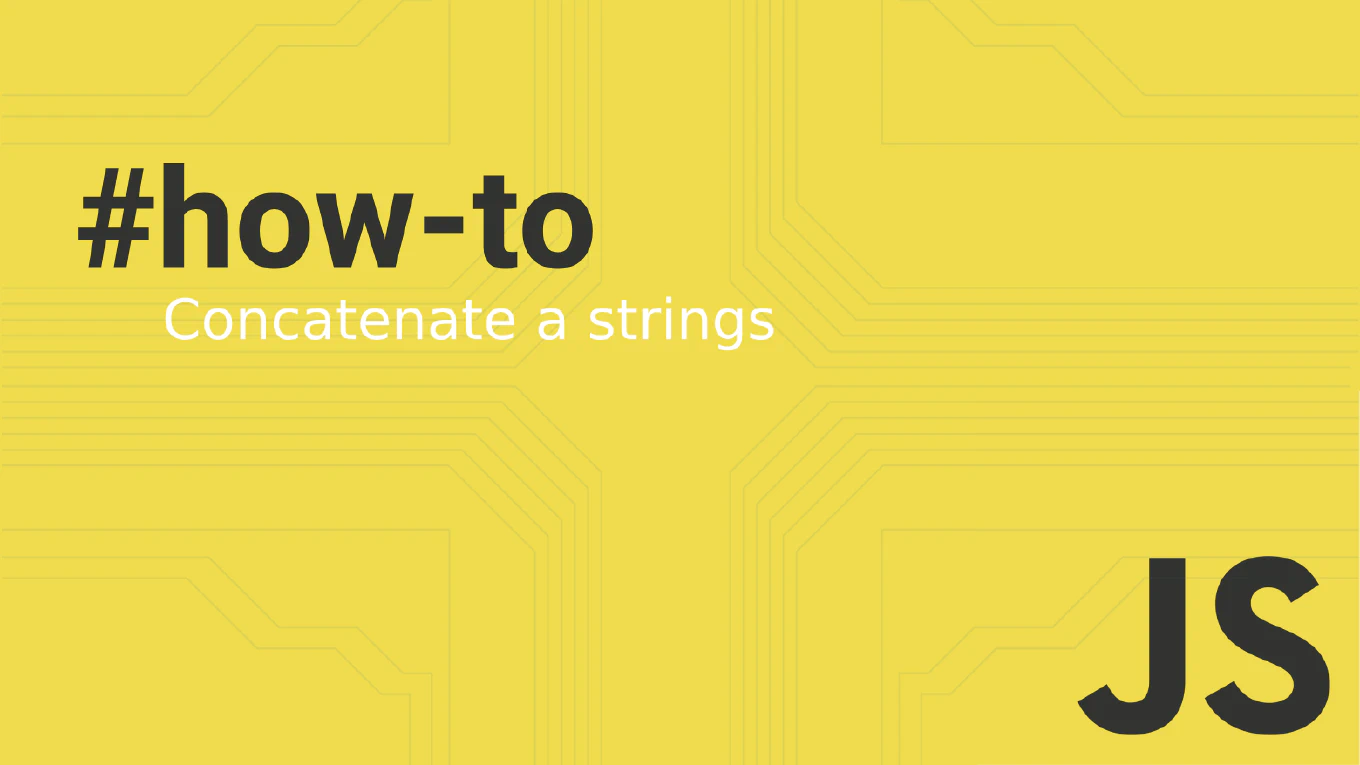How to handle promise errors in JavaScript
Proper error handling in promises is critical for building robust applications that gracefully manage API failures and unexpected conditions.
As the creator of CoreUI with over 25 years of JavaScript development experience, I’ve implemented error handling in countless asynchronous operations.
From my expertise, the most reliable approach is using the .catch() method for promise chains or try-catch blocks with async/await.
This ensures errors are captured and handled appropriately without crashing the application.
Use .catch() method for promise chains or try-catch with async/await to handle promise rejections.
fetch('/api/data')
.then(response => response.json())
.then(data => console.log(data))
.catch(error => console.error('Error:', error.message))
Here the .catch() method captures any rejection in the promise chain, including network failures, parsing errors, or server responses. The error parameter contains details about what went wrong. This pattern ensures the application continues running even when promises fail. The catch handler receives the rejection reason and allows for appropriate error logging, user notification, or fallback behavior.
Best Practice Note:
This is the same approach we use in CoreUI components for handling API failures and data loading errors gracefully. Always include error handling in promise chains to prevent unhandled promise rejections that can crash your application.







